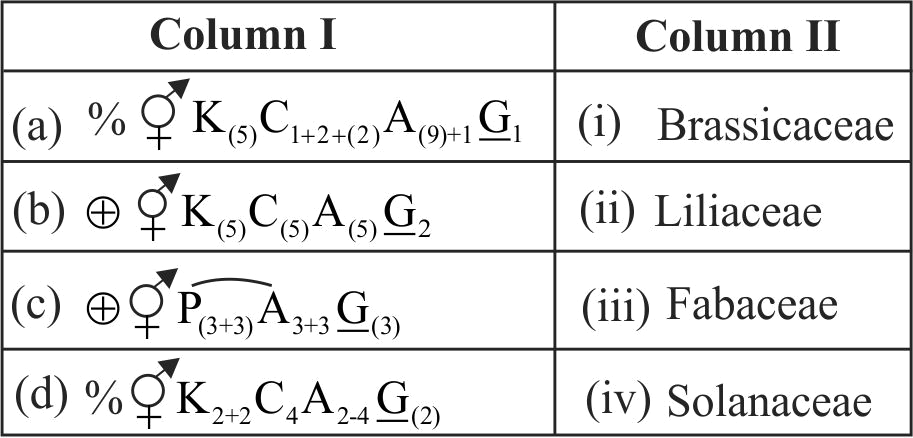333052
Select from the following the total number of plant showing tricarpellary gynoceium.
Gram, Arhar, Moong,
Sesbania, Lupin
, Muliathi, Soyabean, Tomato, Brinjal,
Belladona, Petunia
, Tobacco, Tulip,
Aloe, Colchicine, Asparagus
, Chilli, Ground nuts, Indigofera, Sunhemp
333052
Select from the following the total number of plant showing tricarpellary gynoceium.
Gram, Arhar, Moong,
Sesbania, Lupin
, Muliathi, Soyabean, Tomato, Brinjal,
Belladona, Petunia
, Tobacco, Tulip,
Aloe, Colchicine, Asparagus
, Chilli, Ground nuts, Indigofera, Sunhemp
333052
Select from the following the total number of plant showing tricarpellary gynoceium.
Gram, Arhar, Moong,
Sesbania, Lupin
, Muliathi, Soyabean, Tomato, Brinjal,
Belladona, Petunia
, Tobacco, Tulip,
Aloe, Colchicine, Asparagus
, Chilli, Ground nuts, Indigofera, Sunhemp
333052
Select from the following the total number of plant showing tricarpellary gynoceium.
Gram, Arhar, Moong,
Sesbania, Lupin
, Muliathi, Soyabean, Tomato, Brinjal,
Belladona, Petunia
, Tobacco, Tulip,
Aloe, Colchicine, Asparagus
, Chilli, Ground nuts, Indigofera, Sunhemp
333052
Select from the following the total number of plant showing tricarpellary gynoceium.
Gram, Arhar, Moong,
Sesbania, Lupin
, Muliathi, Soyabean, Tomato, Brinjal,
Belladona, Petunia
, Tobacco, Tulip,
Aloe, Colchicine, Asparagus
, Chilli, Ground nuts, Indigofera, Sunhemp
